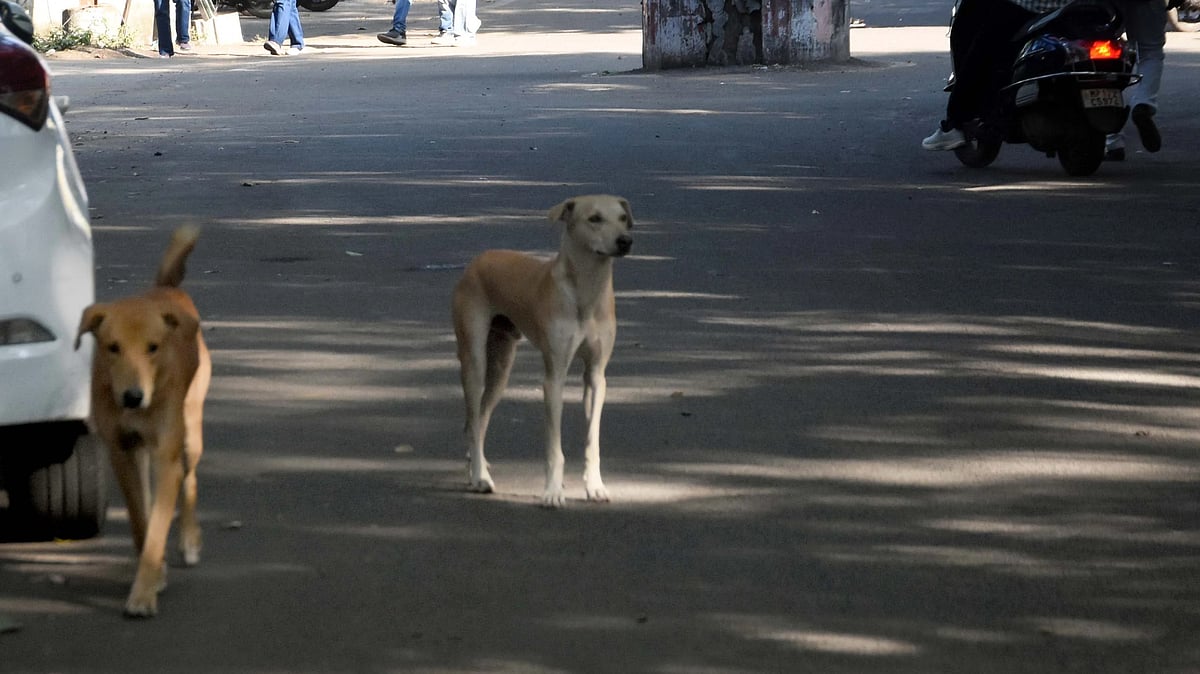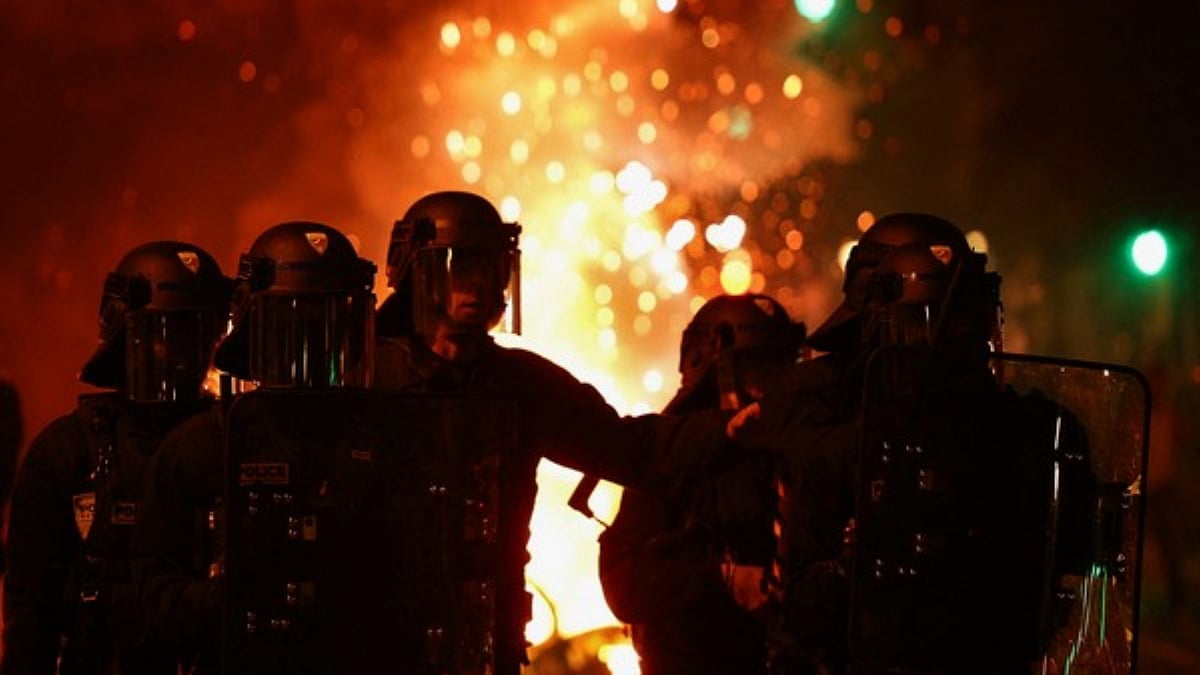The battle lines for 2024 have been drawn. With the meetings of two rival alliances taking place last week in Bangaluru and New Delhi in preparation for the general election, optics around electoral alliances and their arithmetic possibilities will set the tone for competing political narratives over the coming months. That the meetings of both BJP-led NDA and Opposition’s alliance named I-N-D-I-A — Indian National Developmental Inclusive Alliance — took place on the same day signifies that while the next general election will be a fiercely fought contest, neither side is pretty sure of a clear majority. This is a significant change because just three months ago victory for the BJP was almost a given, as the Opposition was saddled with all kinds of contradictions, regional interests, and individual ambitions.
Although it is still a long road ahead for the Opposition to make maximum gains by working on state-wise seat-sharing arrangement, formulating an alternative vision, and setting a relatable pan-India narrative, the fact that the Opposition is moving ahead resolutely to pose significant challenge to the prime minister and his party has made the BJP jittery about its prospects in the general election. This explains the hurried efforts to revive the almost defunct NDA with the BJP’s outreach to smaller parties and leaders, many of whom may be able to win a single seat at most. If this reflects BJP’s nervousness, it also mirrors hope and optimism for the Opposition, given the growing recognition in anti-BJP parties of the need to counter the saffron party and its Hindutva narrative.
As rival alliances firm up over the next few months, what is quite clear from the Bengaluru meet is that pragmatism and consensus seem to have taken hold in the Opposition camp, as parties are keen on resolving their differences and regional rivalries. What is also obvious from the meet is the likely emergence of the Congress as the pivot of Opposition’s INDIA challenge to NDA. However, it is also a fact that the INDIA grouping will have to work extra hard on intra-Opposition political dynamics and come up with an alternative vision to make a substantial impact on the electoral outcome. To dent BJP’s overall seat tally significantly, the Congress not only needs to perform exceptionally well in the Hindi heartland against the BJP but will also have to maximise gains in Telangana, Andhra Pradesh, and Odisha, given that BRS, YSRCP and BJD have chosen to keep away from the Opposition’s unity efforts.
While the BJP will be fighting to retain power on the back of several factors — Hindutva, nationalism, welfare schemes, polarisation, caste arithmetic and popularity of its leader — the Opposition’s challenge is based on an alternative nationalism that includes a collective resolve ‘to safeguard the idea of India as enshrined in the Constitution’, a determination to combat and confront ‘assault on constitutional rights of citizens and democratically elected state governments’, to fight the ‘hatred and violence being unleashed on the minorities’, and stop ‘rising crimes against women, the Dalits and Adivasis’. In this battle of two alliances, the voter will have to choose between BJP’s ‘New India’ and the ‘Old India’ that existed before 2014 — tolerant, inclusive, progressive, liberal, and democratic.
Two-term anti-incumbency, pro-industry economic policies, and issues like sustained inflation, unemployment, stagnant incomes among the poor and sale of national assets to ‘favoured’ private players as well as allegations of corruption will also have a bearing on the BJP-led NDA’s performance. However, how significant the impact will be will depend on how effectively the Opposition exploits these issues. Corruption and sustained inflation between 2009 and 2013 were the major issues that were responsible for the kind of drubbing the Congress received in 2014, despite a decade of higher economic growth, rural employment guarantee through MNREGA, significant reduction in poverty and foundational change to retool India’s welfare architecture. But then 2014 was different from 2024, thanks to the India Against Corruption movement that prepared the ground for Narendra Modi’s victory.
Although it is going to be an uphill task for the Opposition to turn the tide against the BJP/NDA, what makes the Opposition somewhat optimistic is the fact that Modi and his party are not invincible and, therefore 2024, is not a done deal. It this conviction, besides a host of other compulsions, that has compelled them to unite under INDIA, which signifies a new narrative of nationalism. But only hope and optimism are not enough. The challenge for Opposition would be to transform the acronym into an electorally viable and valuable vision for India. There is no ambiguity about the Opposition’s message, but the same cannot be said about its arithmetic. This makes the prosects of the fight full of possibilities and vulnerabilities.
There are strengths and weaknesses on both sides. The Opposition’s strength is the willingness of 26 parties that are antagonist to one another in their respective areas of influence to come together not just for a limited purpose of electoral gains and power but also for the larger purpose of Constitutional idea of India. Its weakness is the difficulty the alliance will face when it comes to seat adjustments; certain parties may find it difficult to give in to the demands of rivals, as personalities and political considerations will play a crucial role while conceding space to each other. But despite the possibility of a tough negotiation process to accommodate all its members in seat-sharing arrangement, the fact that the Opposition’s journey from Patna to Bangaluru has led to the announcement of a new alliance reflects progress and a growing confidence in the grouping.
The NDA’s strength is obviously prime minister Narendra Modi behind whom both the BPJ and allies can work together. But its overdependence on Modi is also its weakness. The BJP’s motive behind sewing up an alliance is obviously the uncertainty it faces about crossing the half-way mark on its own. Certainly, a united Opposition is a disadvantage for the saffron party for which retaining power is crucial to consolidate the political gains it has made over the decade. Losing power also means disruption to its ideological agenda of Hindutva. If a decade’s exclusion from power is debilitating for the Opposition, there is anxiety in the BJP camp too about the prospects of losing power, which is evident in renewed consolidation of the NDA.
The writer is a senior independent Mumbai-based journalist. He tweets at @ali_chougule










